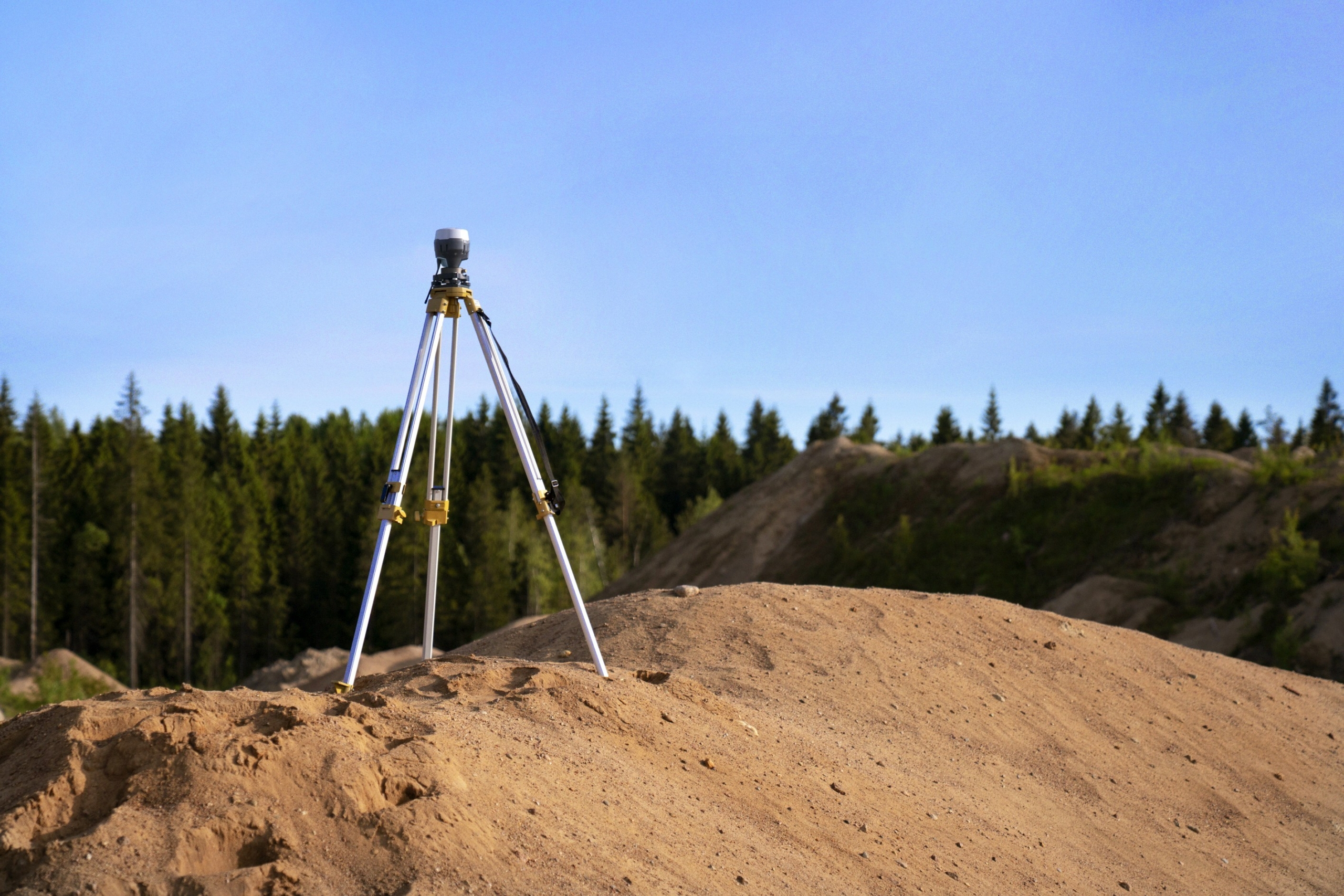Purchasing property involves many steps to make sure you’re making a secure investment. One of the most important – and sometimes overlooked – aspects is obtaining a land survey.
Land surveys provide critical information about the boundaries, topography, and potential encroachments on your property. But with various types of surveys available, it can be difficult to determine which one best suits your needs. Let’s explore the different types of land surveys and explain how to choose the right one for your property.
Why a Land Survey is Important
A land survey is a detailed analysis that provides precise information about a property’s boundaries, improvements, and features.
It’s an essential tool for property buyers since it helps identify any issues that might impact ownership or land use. For example, a survey can reveal potential encroachments (such as a neighbor’s fence extending onto your property), establish legal property lines, and even provide important information for future construction projects.
Without a land survey, property buyers could encounter boundary disputes, zoning violations, or unexpected encumbrances that can lead to costly legal battles.
For more information, read Why Every Homebuyer Needs a Land Survey.
Types of Land Surveys and When to Use Them
Choosing the right land survey depends on the specific details of your property and your intended use. Here are some of the most common types of land surveys and when each might be needed:
1. Boundary Survey
A boundary survey is one of the most commonly requested types and is designed to define the exact perimeter of a property.
It establishes property lines and identifies any encroachments or easements that may exist. This survey is often required by lenders or title companies to ensure that the property boundaries are clearly defined and legally accurate.
When to Use: A boundary survey is essential for property buyers who want to verify property lines, resolve boundary disputes, or obtain building permits.
2. ALTA/NSPS Land Title Survey
An ALTA/NSPS Land Title Survey is a more comprehensive type of survey required for commercial properties or large real estate transactions.
This survey adheres to specific standards set by the American Land Title Association (ALTA) and the National Society of Professional Surveyors (NSPS). It includes detailed information about property boundaries, improvements, easements, rights-of-way, and other elements that might impact ownership.
When to Use: ALTA/NSPS surveys are typically required for commercial property transactions, refinancing, or when extensive information about property improvements and encumbrances is needed.
3. Topographic Survey
A topographic survey focuses on the property’s natural and man-made features, including the contour of the land, elevations, trees, buildings, and other improvements.
This survey creates a three-dimensional map of the property’s terrain, which is often used for planning construction projects or assessing drainage and land use.
When to Use: Topographic surveys are useful for property owners planning construction projects or making significant landscaping changes since they provide information necessary for design and planning.
4. Construction Survey
A construction survey, also known as a “staking survey,” is used during building projects to make sure structures are constructed in the correct location on the property.
Surveyors use stakes to mark the locations of new structures, roads, or utilities based on the site plan.
When to Use: Construction surveys are critical for new builds or significant property improvements so that the project aligns with property boundaries and zoning requirements.
5. Subdivision Survey
A subdivision survey divides a single parcel of land into smaller lots. It is typically used by developers or property owners who want to divide their land into individual parcels for sale or development.
The survey ensures that each new parcel has clearly defined boundaries and meets local zoning regulations.
When to Use: A subdivision survey is required if you plan to divide your property into smaller lots for development or resale purposes.
6. Site Planning Survey
A site planning survey is a hybrid of boundary and topographic surveys, providing essential information for designing and planning construction projects.
It includes details about property boundaries, easements, and topography to assist in preparing building plans that comply with local regulations.
When to Use: This survey is ideal for property owners planning new builds or major additions since it provides crucial boundary and elevation data for construction planning.
How to Determine Which Survey You Need
Choosing the right type of survey depends on your specific goals and property requirements. Here are some key factors to consider:
- Purpose of the survey: Determine whether you need the survey to establish boundaries, prepare for construction, or meet specific lender requirements.
- Property type: Commercial properties may require a more detailed ALTA/NSPS survey, while residential property owners might need only a boundary or site planning survey.
- Project scope: If you plan to improve the property, a topographic or construction survey might be necessary to ensure compliance with local regulations.
- Title or lender requirements: In some cases, title companies or lenders may specify the type of survey required for closing. Always check with your title company to confirm any specific requirements.
Securing Your Investment with a Land Survey
Understanding which land survey you need is essential to protecting your property investment.
At Liberty Title Inc., we understand that navigating real estate transactions can be complex. Our team works closely with property buyers to recommend the appropriate survey type and coordinate with trusted surveyors to facilitate this process
Our team is dedicated to empowering buyers with knowledge and providing the support needed to make the right choices.
Your Team at Liberty Title




